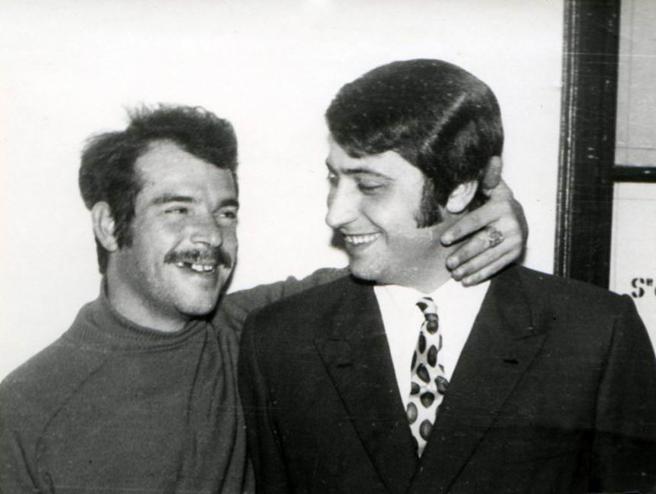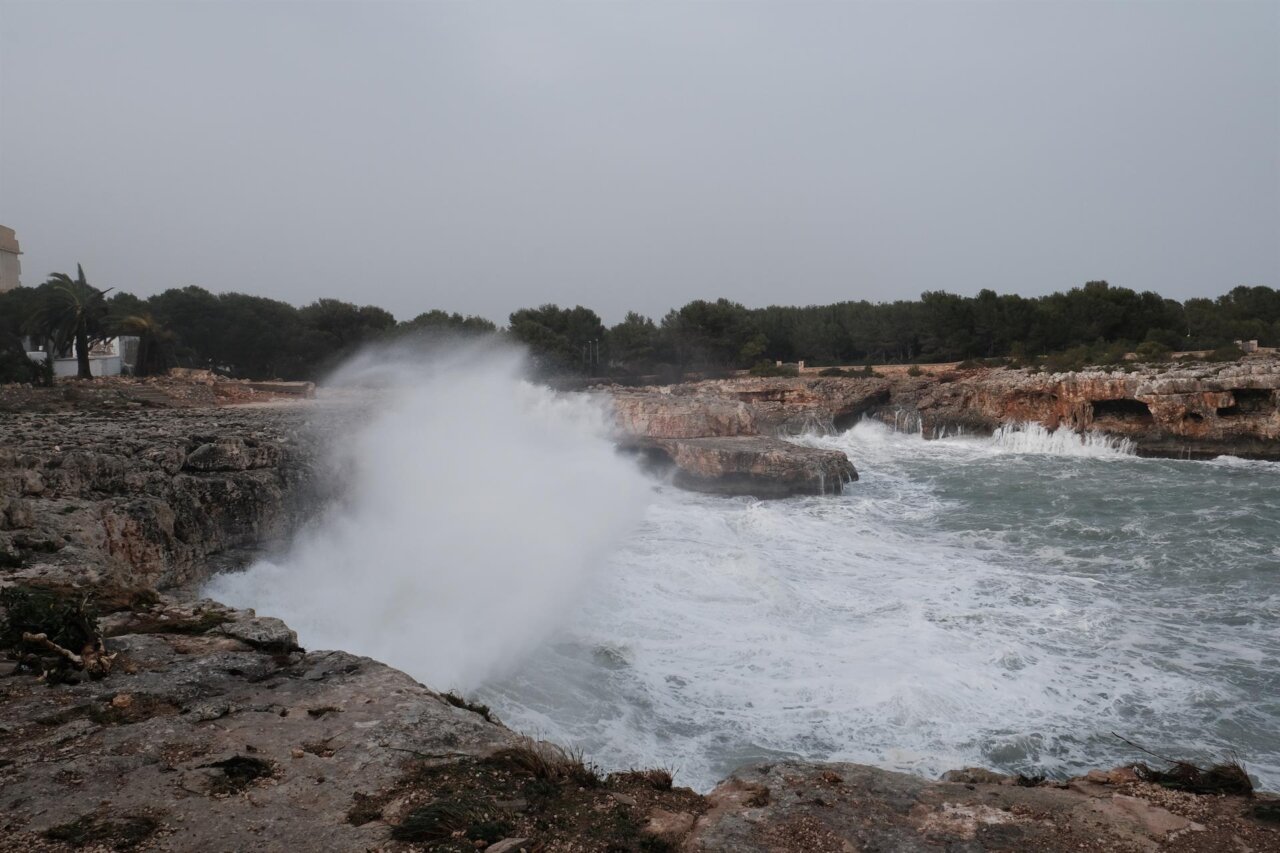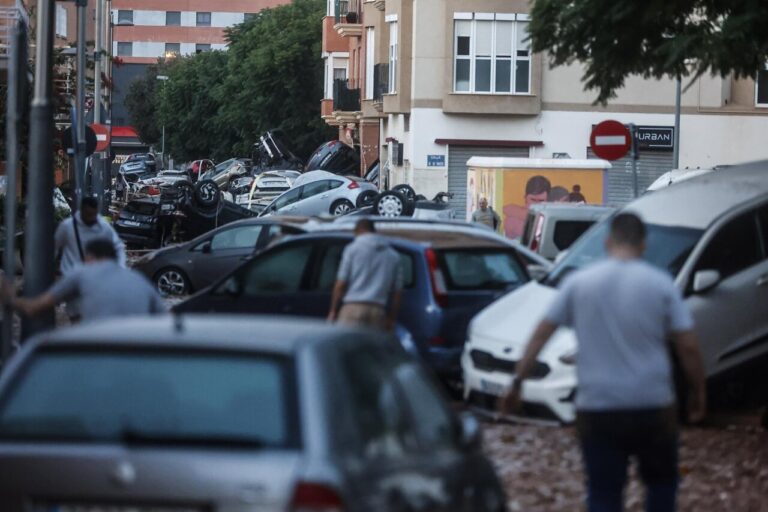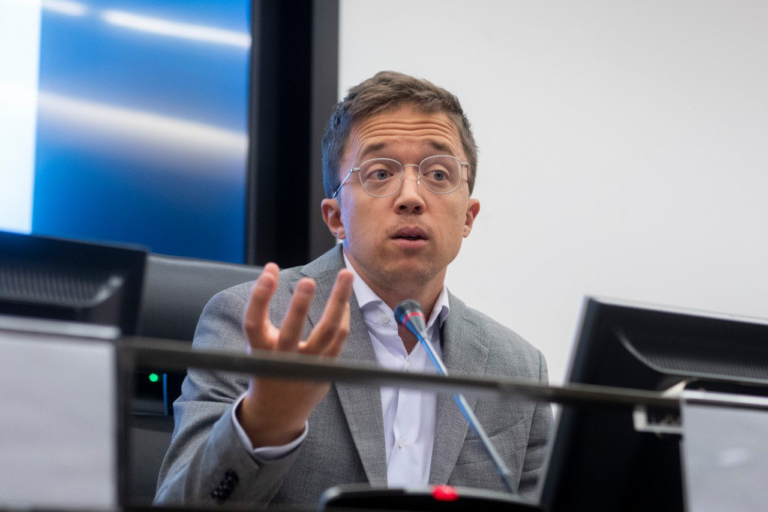Manuel Delgado Villegas, a young man who sold arrope sweets in the streets of Puerto de Santa Maria, was arrested in January 1971 as a suspect in the murder of his girlfriend, a mentally handicapped woman. Delgado Villegas not only confessed to this crime, but also began to recount other crimes perpetrated in different places in Spain, France and Italy. One of them was the murder of a French tourist in Ibiza. In total, he confessed to more than 22 crimes. Later, his lawyer said there were more than 40. Only seven of them were solved. But despite being the most famous serial killer in Spain, “never until now had his story been so thoroughly investigated,” say journalist Cristina Amanda Tur (CAT) and filmmaker Hector Escandell. Together they have recently published
El Arropiero. The deconstruction of a monster, published by Balàfia Postals. The book is already on sale in bookstores, on the website balafiapostals.com and will soon be available on other digital platforms (such as Casa del Libro). In the context of the presentation of the book in Ibiza (this Friday 17 at 20:00, in Sa Nostra Sala), they have explained to La Voz de Ibiza about the behind the scenes of the production and writing of the book, which seeks to understand the murderer and the context in which he committed his crimes.
Why do you claim that “never before had the history of the murderer been so thoroughly investigated”?
-Cristina Amanda Tur: Because when we reviewed everything that has been published on the Arropiero we realized that, to begin with, there was no book that went into the subject in depth or that updated the information from a complete and contemporary perspective, including both the facts and a serious criminological analysis. Much of what we have found (with honorable exceptions that are cited in the book) are plagiarisms of plagiarisms and superficial reports, without citing sources and without the slightest analysis of who Manuel Delgado Villegas really was, with no intention of understanding the criminal. We have resorted to all possible sources in order to understand and analyze him, beyond his crimes. My interest as a criminologist and journalist was, of course, to understand him, not to list some crimes that are already well-known. What arethe particularities of the book?
-CAT: It is written as an extensive journalistic report that includes, as I said, an important criminological analysis. And also psychiatric. For this, we have counted on psychiatrists who dealt with the Arropiero, in the same way that we have counted on the statements of policemen and lawyers who participated in the case. We could also include, among the particularities, that we have paid a lot of attention to the context in which the Arropiero’s crimes took place: in the final stage of a dictatorship and at a time when serial killers were not yet spoken of and the FBI was beginning to study this type of murderers from a perspective that went far beyond the investigation of the crimes.
How was theresearch?
-Héctor Escandell: the research has been long and complicated. The documentation process has been carried out with a combination of historical newspaper archives, audiovisual material and first-person testimonies. Although the events described in the book took place more than sixty years ago, we have had the opportunity to interview a significant number of people related to the case. Among those interviewed we can highlight Salvador Ortega and Manuel Alcalá, the inspectors of Puerto de Santa María who managed to catch Arropiero and who later accompanied him, together with the rest of the members of the judicial retinue, to different points of the Spanish geography to carry out the reconstructions of his crimes.
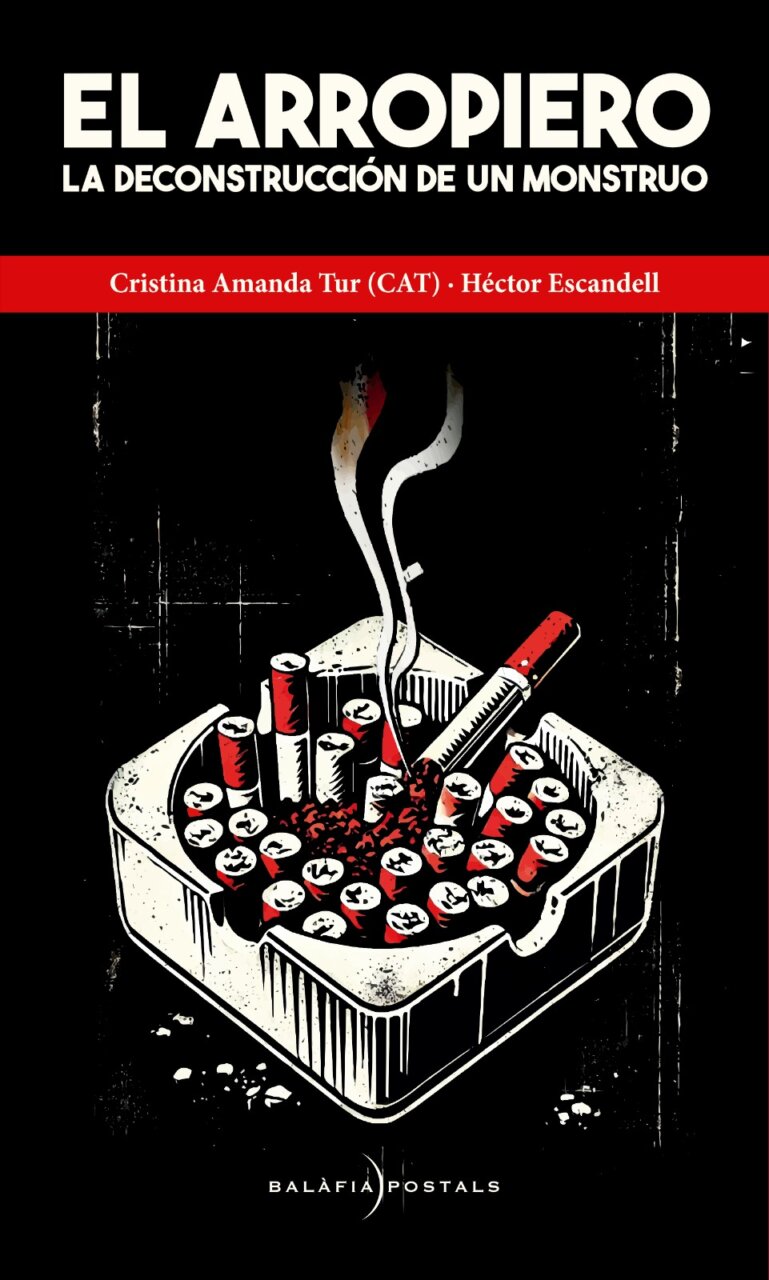
What place does Ibiza occupy in the history of the Arropiero?
-CAT: In Ibiza, the Arropiero murdered, in July 1967, one of his victims, a French tourist whom he suffocated and raped in Can Planes, a house in Sant Jordi. This case is especially significant because an American was arrested for the crime and spent a year in prison. In 1971, the Arropiero, was arrested in Puerto de Santa Maria for strangling his girlfriend and, to everyone’s surprise, began to confess to crimes committed in different places in Spain, France and Italy, including that of the French tourist. I understand that the role of the agents is a prominent part of the book.What is themost significant?
-CAT: Indeed, the agents of the Criminal Investigation Brigade and the judge of the case carried out an unprecedented investigation in Spain. And very unorthodox.
They traveled with the murderer to different parts of the country to reconstruct his crimes, they never took him in handcuffs, they treated him as a friend to guarantee that he would continue collaborating and they even took him to Tibidabo to have fun and bought him clothes at the Corte Inglés. One of the policemen really talks about the Arropiero as if he were his friend. What has struck you most during the research and writing of the book?
-CAT: The complexity of the criminal, the enormous differences that can be found between his crimes and the sum of factors that made him a murderer. Manuel Delgado Villegas is not a conventional serial killer and that makes him very interesting but also very complicated to unravel. – EHE: The explosive personality of the Arropiero and the relationship of friendship or false friendship that he established with the members of the judicial commission. An interested relationship, but one that has left us fascinating moments, almost surreal, that have gone down in the history of Spanish criminology. Let’s remember that, during the trips to reconstruct the crimes, the Arropiero, on occasions, refused to collaborate with the agents if they did not attend to his bizarre requests, which could range from taking him to a luxury restaurant to visiting a zoo or an amusement park. Best of all, these moments are photographically documented. Some of these images are in the book.
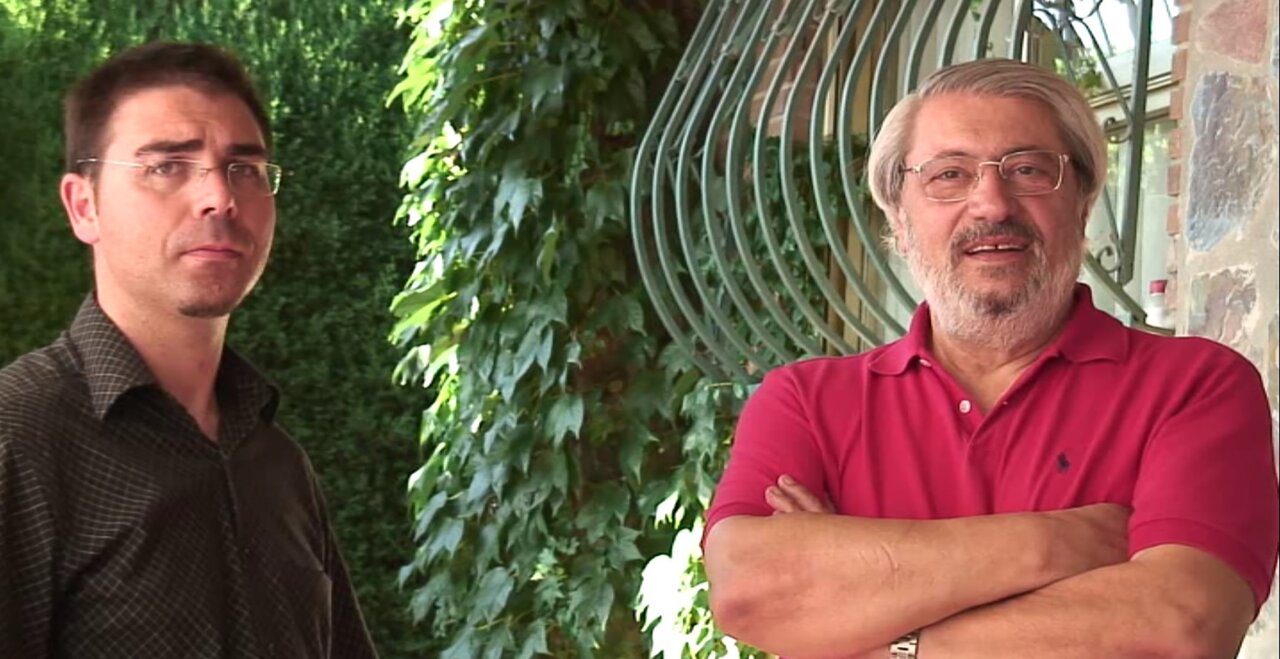
What can you tell us about the audiovisual products on the subject that are in development?
-HE: There are two projects in development: a fiction series, entitled ‘El rastro del Arropiero’, and the feature film ‘Ibiza 67’, based on the case of Jules Morton Abramovitz, the American who spent a year in the Ibiza detention center for a crime that, in reality, had been committed by the Arropiero. These two projects are already written and have been acquired by Rmvistar, an American sales agency dedicated to the representation of films and series in audiovisual markets. Their job is to find the right partner, be it a production company, TV channel or streaming platform, to raise the projects from an economic perspective. And there is a third option: to make a docuseries based on the book, but that project has not yet been developed.
